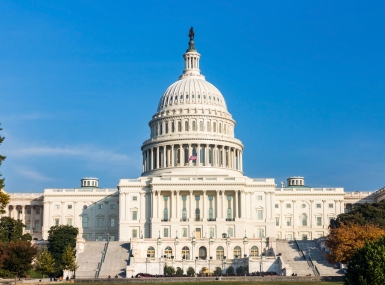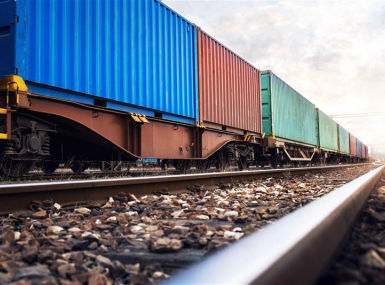Billions in federal funding available now directly to counties through the Bipartisan Infrastructure Law

Key Takeaways
November 15, 2024, will mark the third anniversary of the signing of the five-year, $973 billion Bipartisan Infrastructure Law (BIL), enacted formally as the Infrastructure Investment and Jobs Act (P.L. 117-58). Providing nearly $1 trillion in funding from Fiscal Year (FY) 2022 to FY 2026 for projects ranging from broadband deployment to habitat connectivity to bridge construction, the BIL is a historic investment in American infrastructure.
Since the law’s enactment, over 60,000 construction projects have been advanced, including projects to rebuild deteriorating bridges, upgrade transportation services, develop clean energy, restore ecosystems, enhance cybersecurity and invest in tribal communities. View the White House BIL fact sheet here.
Why the BIL is important to counties
Counties play a crucial role in our nation’s infrastructure, owning, operating and maintaining 44 percent of public roads and 38 percent of the nation’s bridges while also directly supporting over one-third of airports and public transit systems. Beyond transportation, counties are also owners of utilities and water systems, facilitators of broadband and first responders to disasters – all sectors supported by the BIL. Annually, we invest over $134 billion in building, maintaining and operating infrastructure and public works. To learn more about BIL opportunities for county infrastructure, check out NACo’s legislative analysis.
Billions are available now directly to counties through the BIL, including through the following programs:
- $500 million through the U.S. Department of Energy Carbon Dioxide Transportation Infrastructure Finance program | Deadline: October 30, 2024
- $550 million (funding is allocated, not competitive) through the U.S. Department of Energy Energy Efficiency and Conservation Block grant program | Deadline: October 31, 2024
- $279.9 million through the U.S. Department of Homeland Security State and Local Cybersecurity grant program | Deadline: December 3, 2024
- $58 million through the U.S. Environmental Protection Agency Solid Waste Infrastructure for Recycling grant program | Deadline: December 20, 2024
- $70 million through the U.S. Department of Interior National Fish Passage Restoring River, Floodplain, and Coastal Connectivity and Resiliency program | Deadline: December 31, 2024
- $300 million through the U.S. Department of Homeland Security Flood Mitigation Assistance grant program | Deadline: January 15, 2025
- $47 million through the U.S. Department of Commerce’s National Oceanic and Atmosphere Administration Marine Debris program | Deadline: January 31, 2025
For a full list of current and future BIL funding opportunities where counties are eligible, visit NACo’s funding matrix for counties.
Resource
Implementing Infrastructure Investments at the County Level: The Bipartisan Infrastructure Law (P.L. 117-58)

Related News

U.S. House of Representatives passes SPEED Act and other permitting reform bills
On December 18, the U.S. House of Representatives passed the SPEED Act (H.R. 4776). The SPEED Act would strengthen county involvement in decision-making and make needed commonsense reforms to the federal environmental review process.

House Natural Resources Committee advances the Endangered Species Act Amendments Act of 2025
On December 17, the House Natural Resources Committee advanced the Endangered Species Act (ESA) Amendments Act of 2025 (H.R. 1897). The version passed by the committee adopted several changes from the initial bill and would address key county concerns by improving the implementation of the ESA. The legislation now awaits a floor vote before the whole U.S. House of Representatives.

Counties and Railroads: Shared Priorities for the Next Surface Transportation Bill
County leaders from across the country have a vital opportunity to ensure their infrastructure priorities are front and center.

